Niagara Falls
Niagara Falls () is a group of three waterfalls at the southern end of Niagara Gorge, spanning the border between the province of Ontario in Canada and the state of New York in the United States. The largest of the three is Horseshoe Falls, which straddles the international border of the two countries. It is also known as the Canadian Falls. The smaller American Falls and Bridal Veil Falls lie within the United States. Bridal Veil Falls is separated from Horseshoe Falls by Goat Island and from American Falls by Luna Island, with both islands situated in New York.
Formed by the Niagara River, which drains Lake Erie into Lake Ontario, the combined falls have the highest flow rate of any waterfall in North America that has a vertical drop of more than 50 m (160 ft). During peak daytime tourist hours, more than 168,000 m3 (5.9 million cu ft) of water goes over the crest of the falls every minute. Horseshoe Falls is the...Read more
Niagara Falls () is a group of three waterfalls at the southern end of Niagara Gorge, spanning the border between the province of Ontario in Canada and the state of New York in the United States. The largest of the three is Horseshoe Falls, which straddles the international border of the two countries. It is also known as the Canadian Falls. The smaller American Falls and Bridal Veil Falls lie within the United States. Bridal Veil Falls is separated from Horseshoe Falls by Goat Island and from American Falls by Luna Island, with both islands situated in New York.
Formed by the Niagara River, which drains Lake Erie into Lake Ontario, the combined falls have the highest flow rate of any waterfall in North America that has a vertical drop of more than 50 m (160 ft). During peak daytime tourist hours, more than 168,000 m3 (5.9 million cu ft) of water goes over the crest of the falls every minute. Horseshoe Falls is the most powerful waterfall in North America, as measured by flow rate. Niagara Falls is famed for its beauty and is a valuable source of hydroelectric power. Balancing recreational, commercial, and industrial uses has been a challenge for the stewards of the falls since the 19th century.
Niagara Falls is 27 km (17 mi) northwest of Buffalo, New York, and 69 km (43 mi) southeast of Toronto, between the twin cities of Niagara Falls, Ontario, and Niagara Falls, New York. Niagara Falls was formed when glaciers receded at the end of the Wisconsin glaciation (the last ice age), and water from the newly formed Great Lakes carved a path over and through the Niagara Escarpment en route to the Atlantic Ocean.
 Louis Hennepin is depicted in front of the falls in this 1698 print.[1]
Louis Hennepin is depicted in front of the falls in this 1698 print.[1]Many figures have been suggested as first circulating a European eyewitness description of Niagara Falls. The Frenchman Samuel de Champlain visited the area as early as 1604 during his exploration of what is now Canada, and members of his party reported to him the spectacular waterfalls, which he described in his journals. The first description of the falls is credited to Belgian missionary, Father Louis Hennepin in 1677, after traveling with the explorer René-Robert Cavelier, Sieur de La Salle, thus bringing the falls to the attention of Europeans. French Jesuit missionary Paul Ragueneau likely visited the falls some 35 years before Hennepin's visit while working among the Huron First Nation in Canada. Jean de Brébeuf also may have visited the falls, while spending time with the Neutral Nation.[2] The Finnish-Swedish naturalist Pehr Kalm explored the area in the early 18th century and is credited with the first scientific description of the falls. In 1762, Captain Thomas Davies, a British Army officer and artist, surveyed the area and painted the watercolor, An East View of the Great Cataract of Niagara, the first eyewitness painting of the falls.[3][4]
 Horseshoe Falls, 1869
Horseshoe Falls, 1869During the 19th century, tourism became popular, and by the mid-century, it was the area's main industry. Theodosia Burr Alston (daughter of Vice President Aaron Burr) and her husband Joseph Alston were the first recorded couple to honeymoon there in 1801.[5] Napoleon Bonaparte's brother Jérôme visited with his bride in the early 19th century.[6] In 1825, British explorer John Franklin visited the falls while passing through New York en route to Cumberland House as part of his second Arctic expedition, calling them "so justly celebrated as the first in the world for grandeur".[7]
In 1843, Frederick Douglass joined the American Anti-Slavery Society's "One Hundred Conventions" tour throughout New York and the midwest. Sometime on this tour, Douglass visited Niagara Falls and wrote a brief account of the experience: "When I came into its awful presence the power of discription failed me, an irrisistible power closed my lips." [8] Being on the Canadian border, Niagara Falls was on one of the routes of the Underground Railroad. The falls were also a popular tourist attraction for Southern slaveowners, who would bring their enslaved workers on the trip. "Many a time the trusted body-servant, or slave-girl, would leave master or mistress in the discharge of some errand, and never come back."[9] This sometimes led to conflict. Early town father Peter Porter assisted slavecatchers in finding runaway slaves, even leading, in the case of runaway Solomon Moseby, to a riot in Niagara-on-the-Lake, Canada.[10] Much of this history is memorialized in the Niagara Falls Underground Railroad Heritage Center. After the American Civil War, the New York Central Railroad publicized Niagara Falls as a focus of pleasure and honeymoon visits. After World War II, the auto industry, along with local tourism boards, began to promote Niagara honeymoons.[11]
In about 1840, the English industrial chemist Hugh Lee Pattinson traveled to Canada, stopping at Niagara Falls long enough to make the earliest known photograph of the falls, a daguerreotype in the collection of Newcastle University. It was once believed that the small figure standing silhouetted with a top hat was added by an engraver working from imagination as well as the daguerreotype as his source, but the figure is clearly present in the photograph.[12] Because of the very long exposure required, of ten minutes or more, the figure is assumed by Canada's Niagara Parks agency to be Pattinson.[12] The image is left-right inverted and taken from the Canadian side.[13] Pattinson made other photographs of Horseshoe Falls; these were then transferred to engravings to illustrate Noël Marie Paymal Lerebours' Excursions Daguerriennes (Paris, 1841–1864).[14]
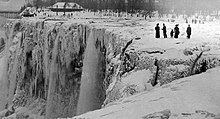 American Falls frozen over with people on the ice, 1911
American Falls frozen over with people on the ice, 1911 Aerial photograph of Niagara Falls, 1931
Aerial photograph of Niagara Falls, 1931On August 6, 1918, an iron scow became stuck on the rocks above the falls.[15] The two men on the scow were rescued, but the vessel remained trapped on rocks in the river, and is still visible there in a deteriorated state, although its position shifted by 50 meters (160 ft) during a storm on October 31, 2019.[16] Daredevil William "Red" Hill Sr. was particularly praised for his role in the rescue.[17]
After the First World War, tourism boomed as automobiles made getting to the falls much easier. The story of Niagara Falls in the 20th century is largely that of efforts to harness the energy of the falls for hydroelectric power, and to control the development on both sides that threaten the area's natural beauty. Before the late 20th century, the northeastern end of Horseshoe Falls was in the United States, flowing around the Terrapin Rocks, which were once connected to Goat Island by a series of bridges. In 1955, the area between the rocks and Goat Island was filled in, creating Terrapin Point.[18] In the early 1980s, the U.S. Army Corps of Engineers filled in more land and built diversion dams and retaining walls to force the water away from Terrapin Point. Altogether, 400 ft (120 m) of Horseshoe Falls were eliminated, including 100 ft (30 m) on the Canadian side. According to author Ginger Strand, the Horseshoe Falls is now entirely in Canada.[19] Other sources say "most of" Horseshoe Falls is in Canada.[20]
The only recorded freeze-up of the river and falls was caused by an ice jam on March 29, 1848. No water (or at best a trickle) fell for as much as 40 hours. Waterwheels stopped, and mills and factories shut down for having no power.[21] In 1912, American Falls was completely frozen, but the other two falls kept flowing. Although the falls commonly ice up most winters, the river and the falls do not freeze completely. The years 1885, 1902, 1906, 1911, 1932, 1936, 2014, 2017 and 2019 are noted for partial freezing of the falls.[22][23][24] A so-called ice bridge was common in certain years at the base of the falls and was used by people who wanted to cross the river before bridges had been built. During some winters, the ice sheet was as thick as 40 to 100 feet (12 to 30 m), but that thickness has not occurred since 1954. The ice bridge of 1841 was said to be at least 100 feet thick.[25] On February 4, 1912, the ice bridge which had formed on January 15 began breaking up while people were still on it. Many escaped, but three died during the event, later named the Ice Bridge Tragedy.[26]
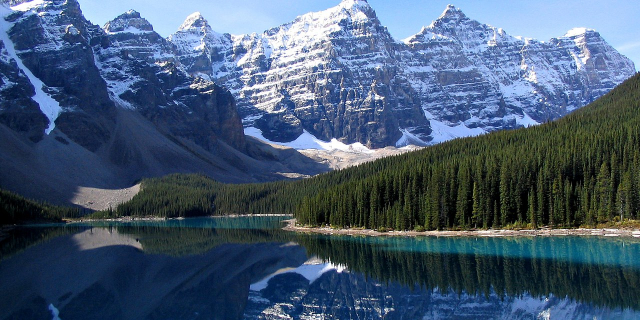







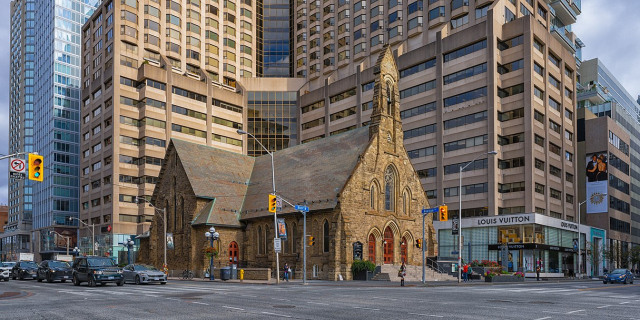

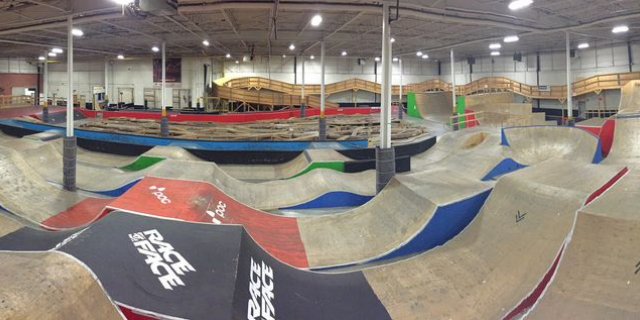

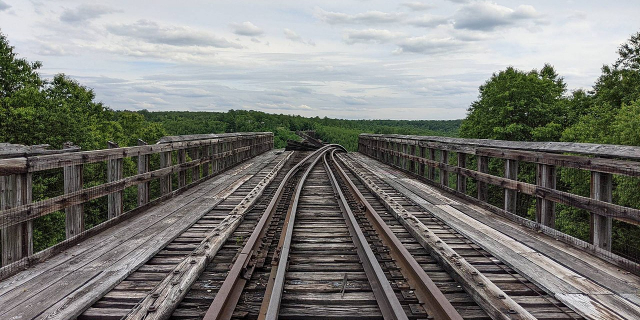

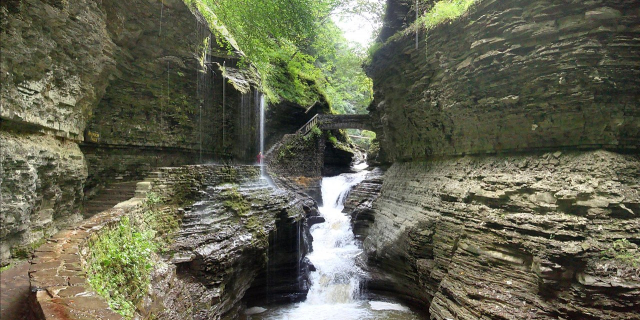
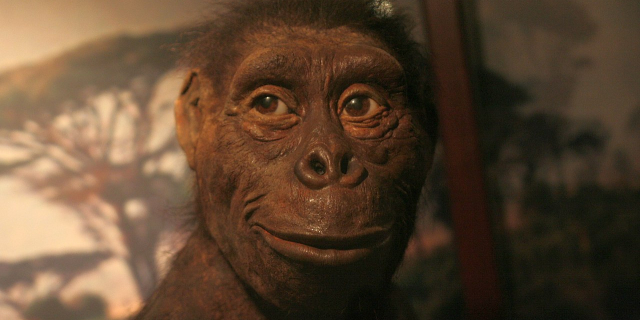



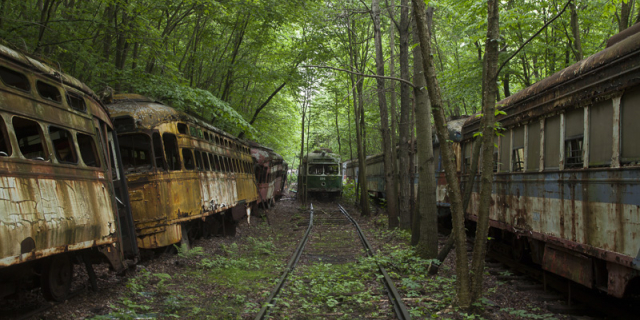






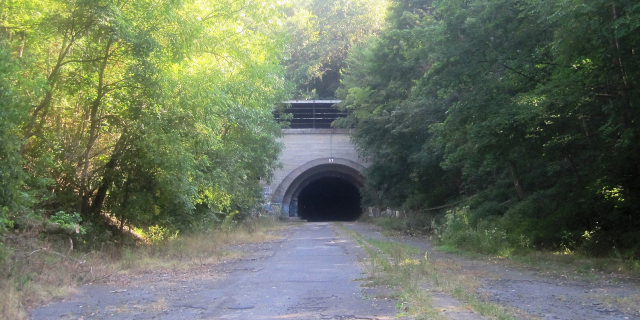
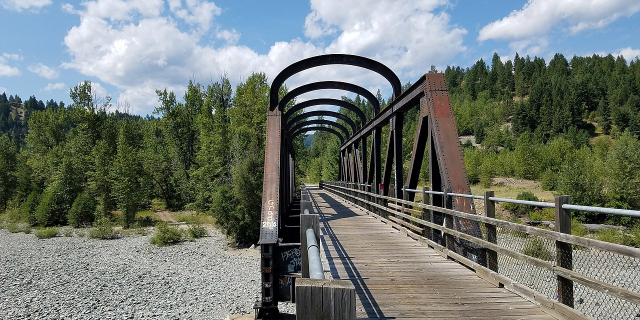



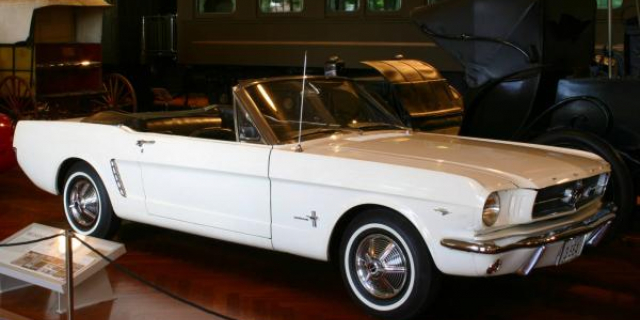
Add new comment